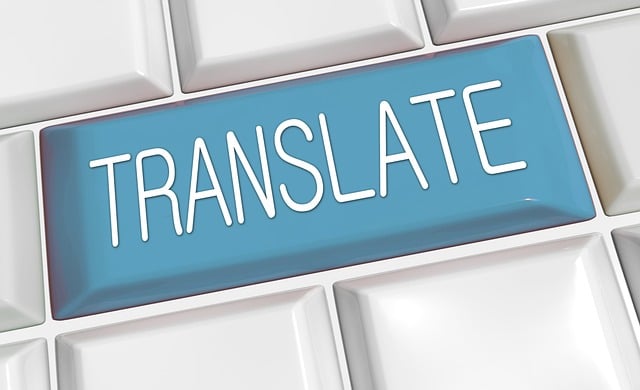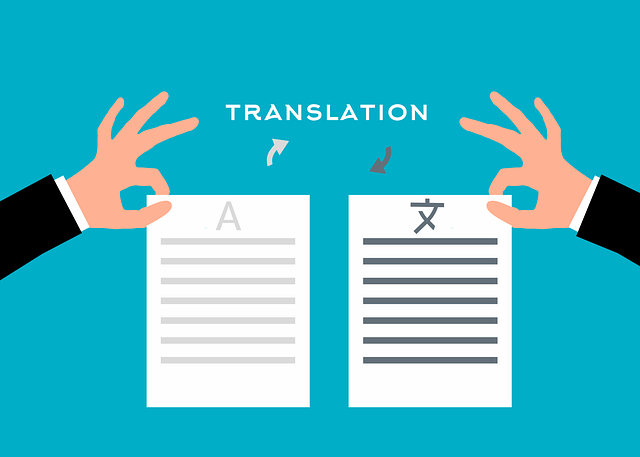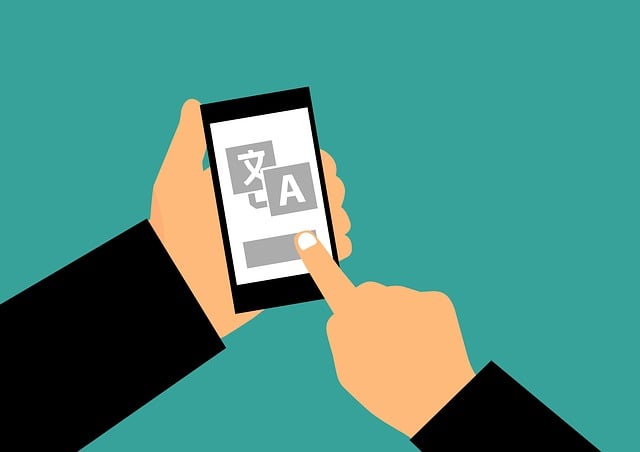Instant translation apps like Google Translate and Microsoft Translator facilitate global communication with basic needs. Specialized apps like DeepL and iTranslate Pro offer advanced features for complex scenarios, ensuring accurate contextually sensitive translations ideal for professionals. Choosing the right app involves considering language pairs, accuracy, user reviews, and interface ease. Top-tier apps leverage neural machine translation, incorporate human expertise, and learn from user feedback to improve handling nuances and idiomatic expressions.
In our increasingly globalized world, having access to reliable translation tools is more important than ever. Whether you’re a traveler, student, or professional, finding the best translation apps can greatly enhance communication and open doors to new experiences. This article explores top-rated instant translation apps, delving into essential features, language coverage, user experience, and accuracy. Discover the ultimate guide to seamless cross-language conversations with our comprehensive analysis of the finest translation tools available.
- Top Picks for Instant Translation Apps
- Features to Look Out for in Translation Tools
- Language Pairs and Coverage Analysis
- User Experience: Ease of Use and Accuracy Assessment
Top Picks for Instant Translation Apps

In today’s globalized world, instant translation apps have become indispensable tools for communication across languages. For those seeking the best options, several top picks stand out in the field of translation. Apps like Google Translate and Microsoft Translator offer accurate and real-time automated translations, making them perfect for casual conversations and quick reference during travel. Their advanced features include voice recognition and text-to-speech capabilities, enabling seamless interaction with speakers of other languages.
Beyond everyday usage, specialized apps cater to specific needs such as novel adaptations and legal documentation. Tools like DeepL Translator and iTranslate Pro provide high-quality, contextually sensitive translations ideal for professional settings. These applications often include advanced features like grammar and syntax correction, ensuring precise and polished output. For urgent or time-sensitive matters, these apps prove invaluable, allowing users to communicate effectively even when facing language barriers. Visit us at deadlines anytime for more insights into the world of translation software.
Features to Look Out for in Translation Tools

When choosing a translation app, look out for features that bridge the gap between languages while preserving context and idiom understanding. Advanced translation techniques like neural machine translation (NMT) deliver more accurate results by analyzing sentence structure and semantic meaning, moving beyond literal word-for-word substitutions.
Beyond accuracy, the human touch remains crucial in effective translation. Some apps offer interactive elements, allowing users to refine translations, correct errors, or provide feedback for continuous improvement. User reviews and community contributions can also help you gauge the app’s performance. Remember that while technology aids in translation, a human translator’s expertise ensures nuanced understanding and cultural sensitivity—a service offered by platforms like find us at artistic freedom subtitling.
Language Pairs and Coverage Analysis

When evaluating translation apps, understanding the language pairs and coverage is paramount. The best apps offer extensive support for common language pairs like English to Spanish or French to German. However, if you need to translate less prevalent languages, make sure the app has adequate coverage. Some apps excel in specific regions or linguistic domains, so it’s crucial to assess whether your needs align with their strengths.
Accuracy is paramount in translation, especially for legal documentation where a single misinterpreted phrase can have serious consequences. Reputable translation apps often incorporate advanced algorithms and machine learning to improve accuracy, but they should also allow for accuracy checks by users. This feedback loop helps refine the app’s performance over time, ensuring better results across various social contexts. Give us a call at your convenience if you need further assistance.
User Experience: Ease of Use and Accuracy Assessment

The best translation apps offer an intuitive user experience that makes navigating their features seamless. Users should be able to easily input text, select languages, and access translations quickly. Beyond ease of use, the accuracy of translations is paramount. Top-tier apps employ advanced machine learning algorithms and neural network technologies to provide more precise results, especially for complex sentences or specialized terminology. They also offer options for audio-visual translation, catering to users who prefer voice input or visual context clues.
However, it’s important to remember that no translation app is perfect. Cultural nuances, idiomatic expressions, and culture-bound terminology can pose challenges. The best apps continuously learn and improve by incorporating feedback from users and leveraging diverse datasets. By examining how well a translation app handles these subtleties, you can gauge its overall quality. Visit us at translation validation cultural sensitivity anytime to explore the latest advancements in translation techniques and ensure accurate communication across languages.
When it comes to navigating a foreign language landscape, the best translation apps offer accurate, instant translations that cater to diverse user needs. By considering key features, understanding language coverage, and evaluating ease of use, you can choose the ideal app for your linguistic journey. Remember, the right translation tool can be a game-changer when breaking down communication barriers worldwide.
